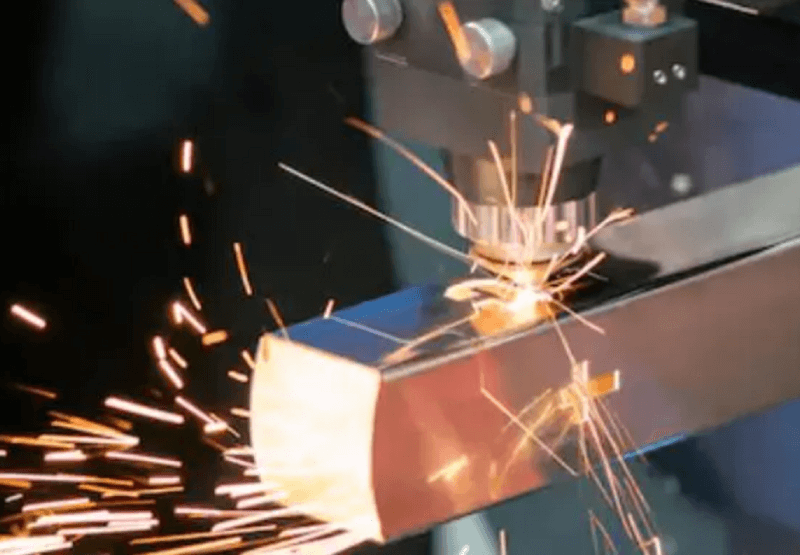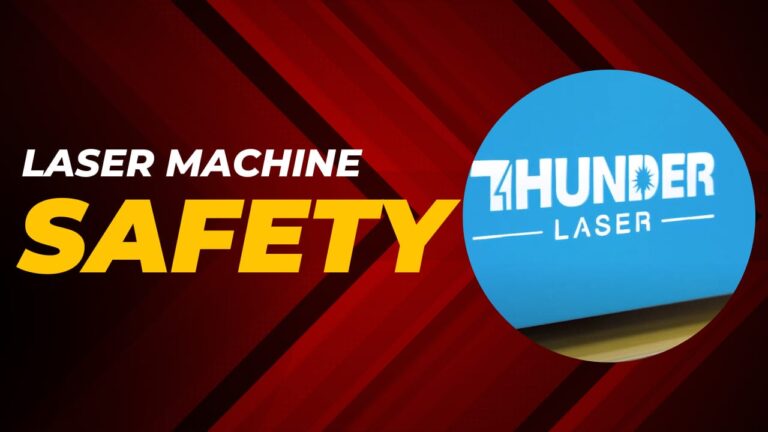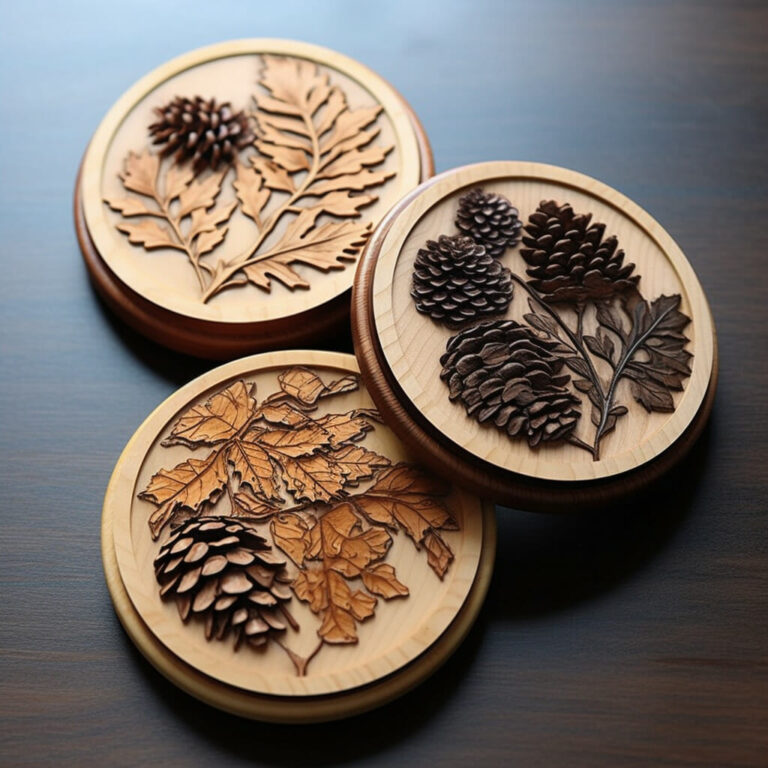In 2015 alone, over 320 million tons of plastic were produced worldwide. There’s a reason industries use so much of this material: It’s incredibly versatile and easy to engrave, etch and mark, which is a useful tool for brands and hobbyists alike.
More and more people are using laser cutting technology to personalize plastic, forging brand logos or names onto unique merchandise and products. In the past, laser cutters and engravers weren’t widely accessible and were thus preserved for larger corporations that could afford the privilege of using this laser technology. However, thanks to these machines becoming more affordable and portable, smaller businesses can take advantage of what a laser beam has to offer.
On the surface, the concept behind laser engraving machines seems fairly straightforward — you can use them to create unique markings on different materials, such as wood, acrylic plastic and stainless steel. But many people don’t realize the options they have available when using a laser cutting machine. Understanding the difference between laser etching and laser engraving, as well as laser marking, can help determine which method is the best for you.
Laser Etching vs Laser Engraving
There are three central factors to consider when it comes to laser etching vs engraving:
- Effect on the surface of the material
- Depth of the laser
- How the overall appearance is affected
In both laser etching and laser engraving, a part of the material’s surface is removed as the laser does its job, resulting in permanent markings. However, the depth of the laser is different in both of these processes, which consequently affects the appearance of the product.
Laser Engraving
Laser engraving is a great alternative to traditional engraving — not only can it execute the task faster, but the end result tends to be more legible. Moreover, it can be used on smaller objects, such as jewelry.
During laser engraving, the laser beam will physically remove material to create an impression that will ultimately reveal an image, noticeable at eye level and by touch. The laser uses high heat to vaporize the material and works quickly. The process can be repeated for deeper marks and is typically used for customized products, serial numbers and logos. Generally, laser engraving requires marks that are greater than 0.005 inches deep.
Depending on the type of laser engraver machine used, engraving can be performed on a variety of materials, including:
- Plastic
- Metal
- Wood
- Glass
- Leather
C02 lasers are generally used for materials such as wood and plastic, while fiber lasers are used for metallic materials. Metals have a maximum for engraving (at 0.020 inches), but deep laser engraving can be performed on materials like graphite (which allows for a depth of 0.125 inches).
Laser Etching
The main difference between laser engraving vs etching is that the depth of laser etching does not go beyond 0.001 inches. It also uses high heat, but the material is melted rather than vaporized, which results in a raised mark. This process can also affect the color, altering blacks, whites or grays.
A laser etcher can be used on certain metal surfaces (such as anodized or plated metals) and polymers, as well as ceramic materials. It can also be used for customization, but the effect is much smaller than that of laser engraving and may not even be noticeable at first glance.
Laser Marking
Another term often used interchangeably with laser etching and engraving is laser marking. What really differentiates the laser marking process from the etching and engraving processes is that it doesn’t remove part of the surface area; rather, it discolors the material.
Laser markers are commonly used on metals (although they can be used for other materials). Laser marking works by utilizing a low-powered beam that moves slowly along the material, forging high-contrast marks without actually disrupting the material. As the laser moves, the material will heat, which results in oxidation below the surface. In addition to turning the material black, the low temperature of the laser causes annealing of the surface (which removes internal stresses and toughens the material).
Laser marking machines are commonly used to char plastic or anneal and discolor metals. One of their most frequent uses is for identification and traceability purposes such as the creation of barcodes, QR codes and logos. This is largely important for industries that need to trace objects for safety purposes; for instance, these codes can be used to identify the owner of medical devices or the factories from which car parts originate.
Thunder Laser USA
Now that you understand the fundamental differences between the laser engraving, etching and marking processes, it’s time to choose your machine. Whether you want to perform some laser engraving to make your product more personal or use a laser marker for part identification, it’s essential you choose a high-quality machine that can get the job done.
Thunder Laser USA offers a wide range of laser machines with different sizes and power levels. The machines utilize CNC routers, which let users select the calibration of laser depth and intensity as well as the thickness of cuts and marks. This increases the efficiency of the working process while also promising consistency among products.
Each of the laser cutting machines comes with a two-year warranty and includes amenities such as a water chiller, a cleaning kit, pass-through doors for larger-sized projects, an auto-focus feature and both an exhaust and an alarm lamp for user safety. Moreover, thanks to its overseas production, Thunder Laser USA can provide these high-quality machines and additions at a cost-effective price. Customers don’t have to worry about a drop in quality as Thunder Laser USA features a U.S.-based support team that’s ready to answer any inquiries and assist with the laser cutting process.
While these processes all have different purposes, each one is useful in making a product stand out. You’ll need to rely on laser marking to alter colors and create identification codes, laser engraving to deeply customize your product and laser etching to create any small, top-layer customizations. Contact Thunder Laser USA for help finding the machine you need for your engraving, etching and marking needs.




